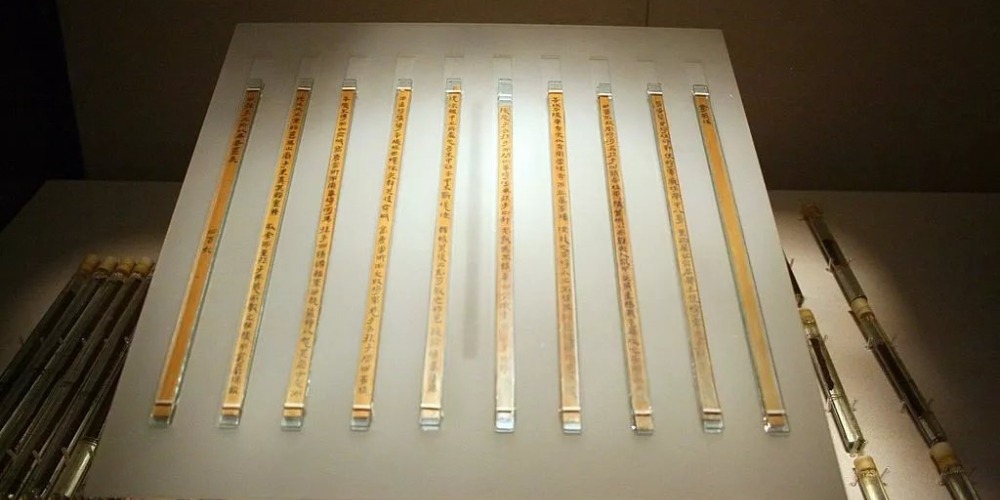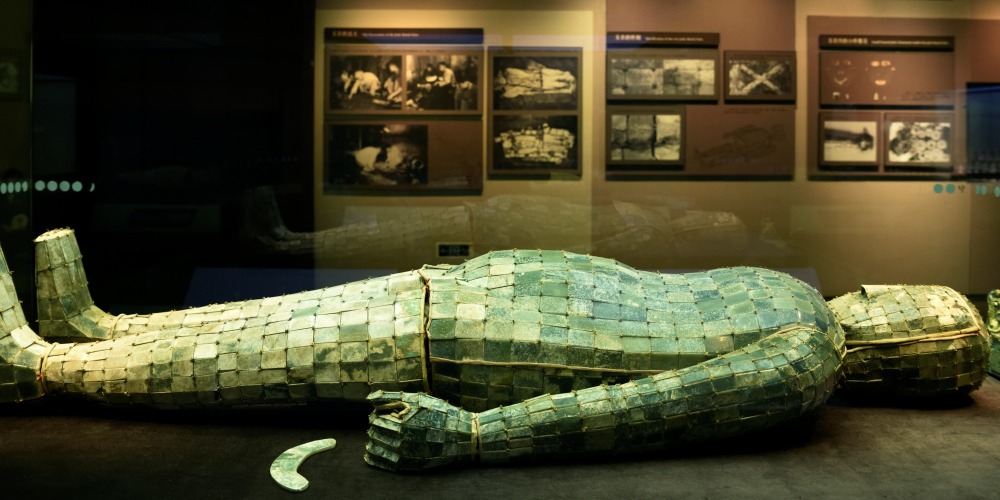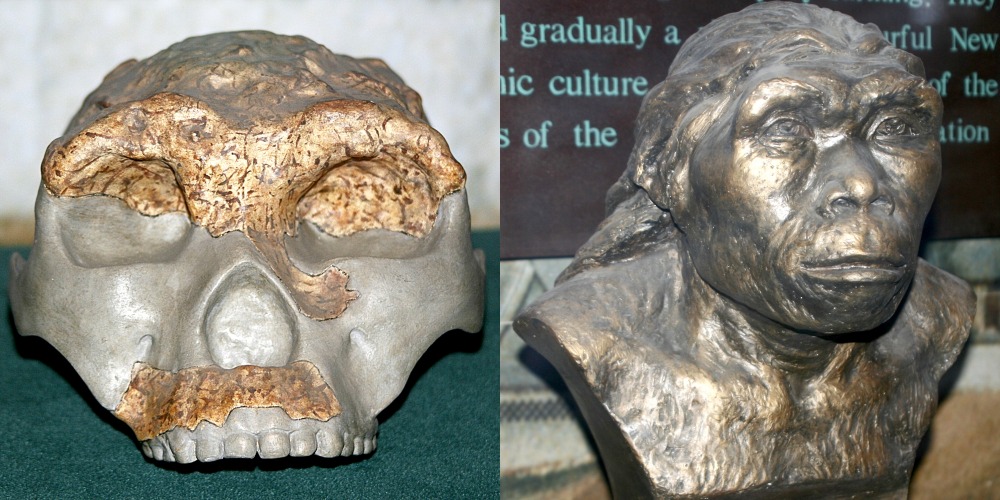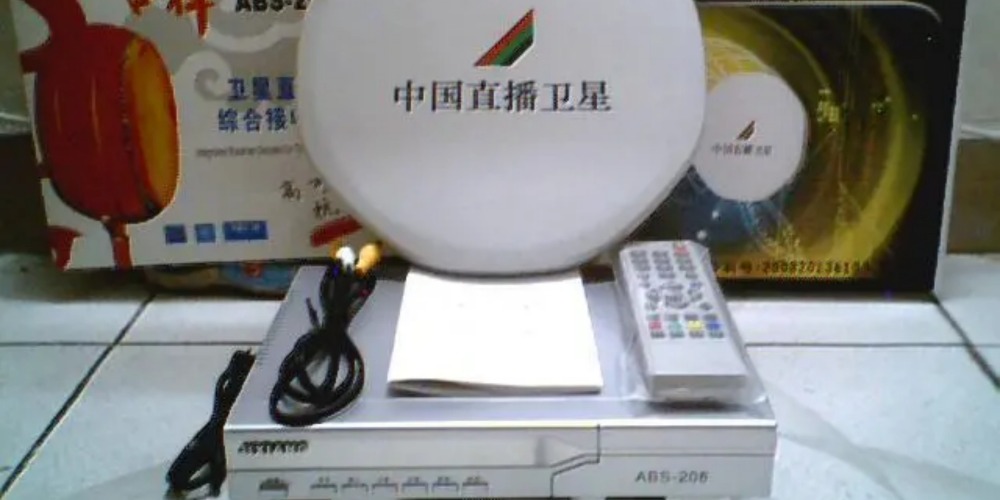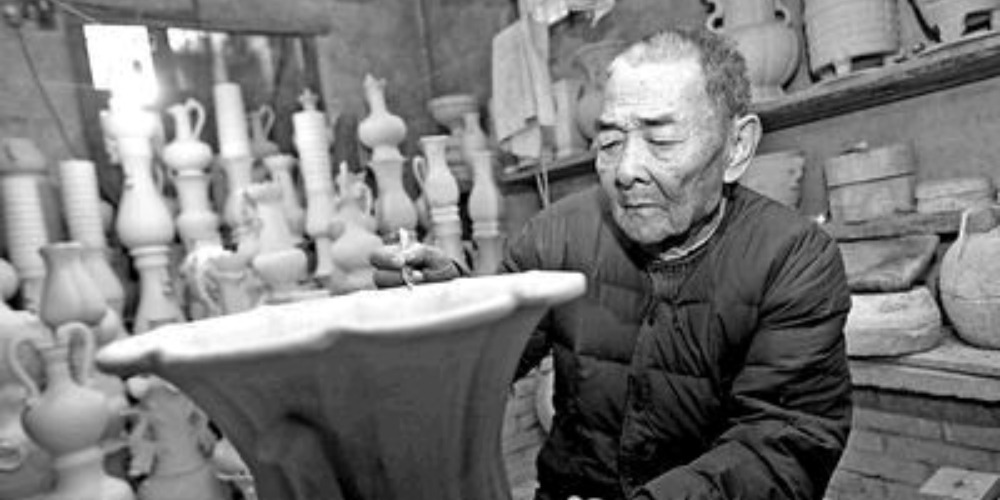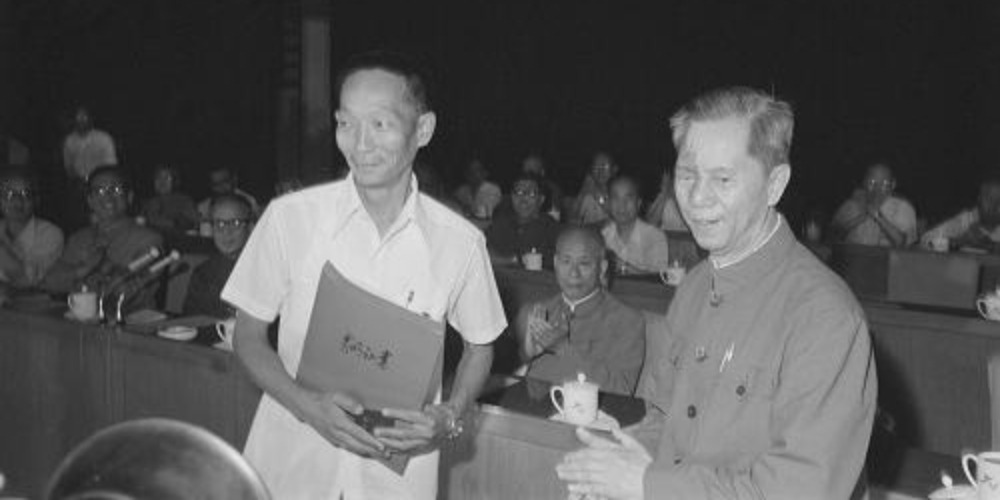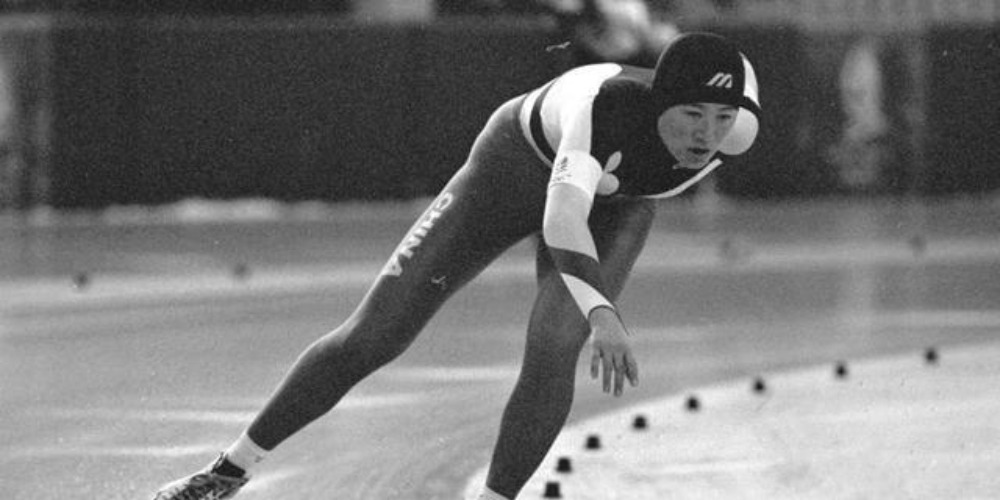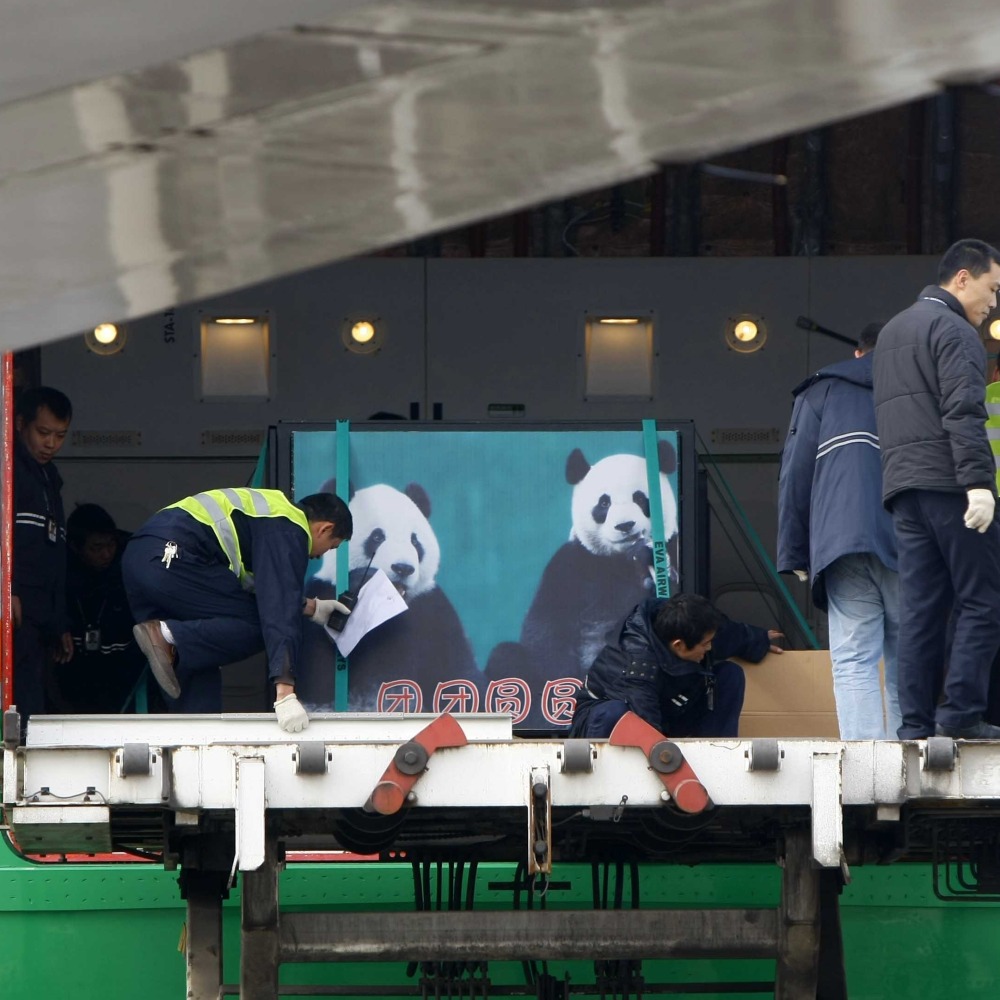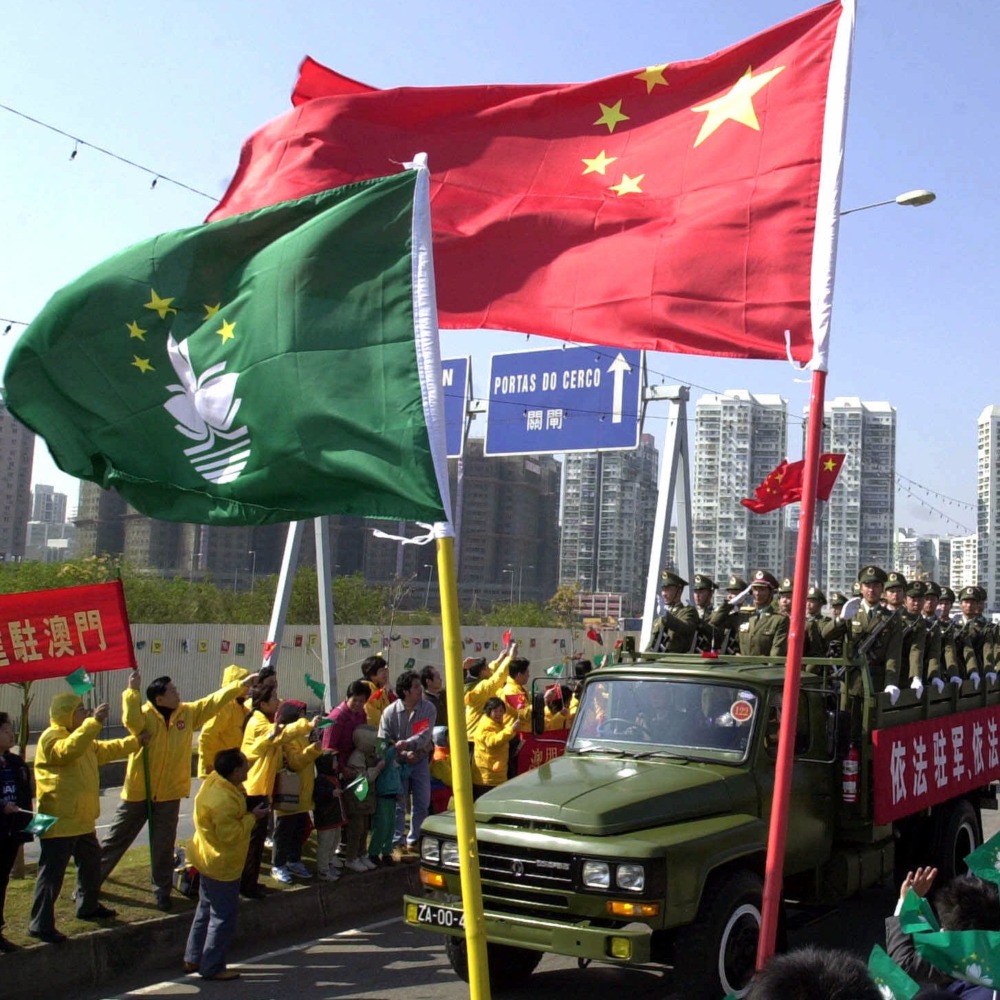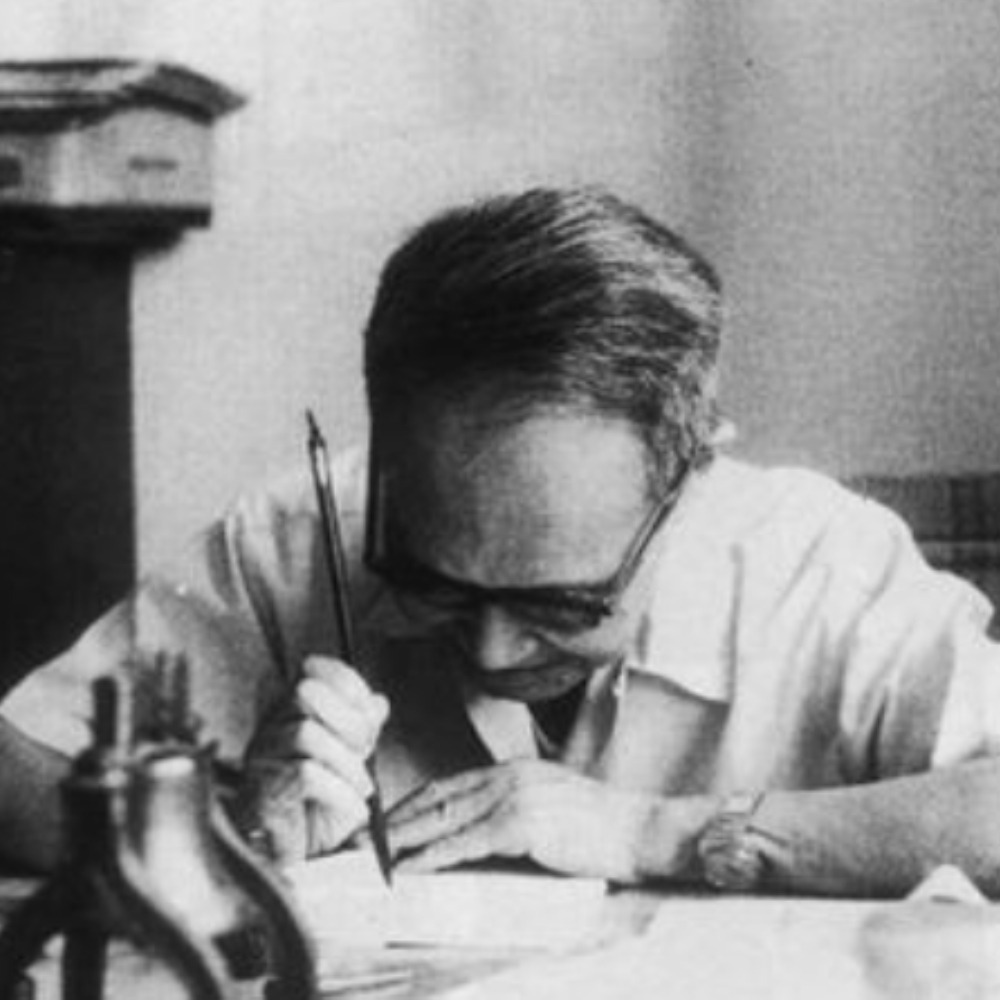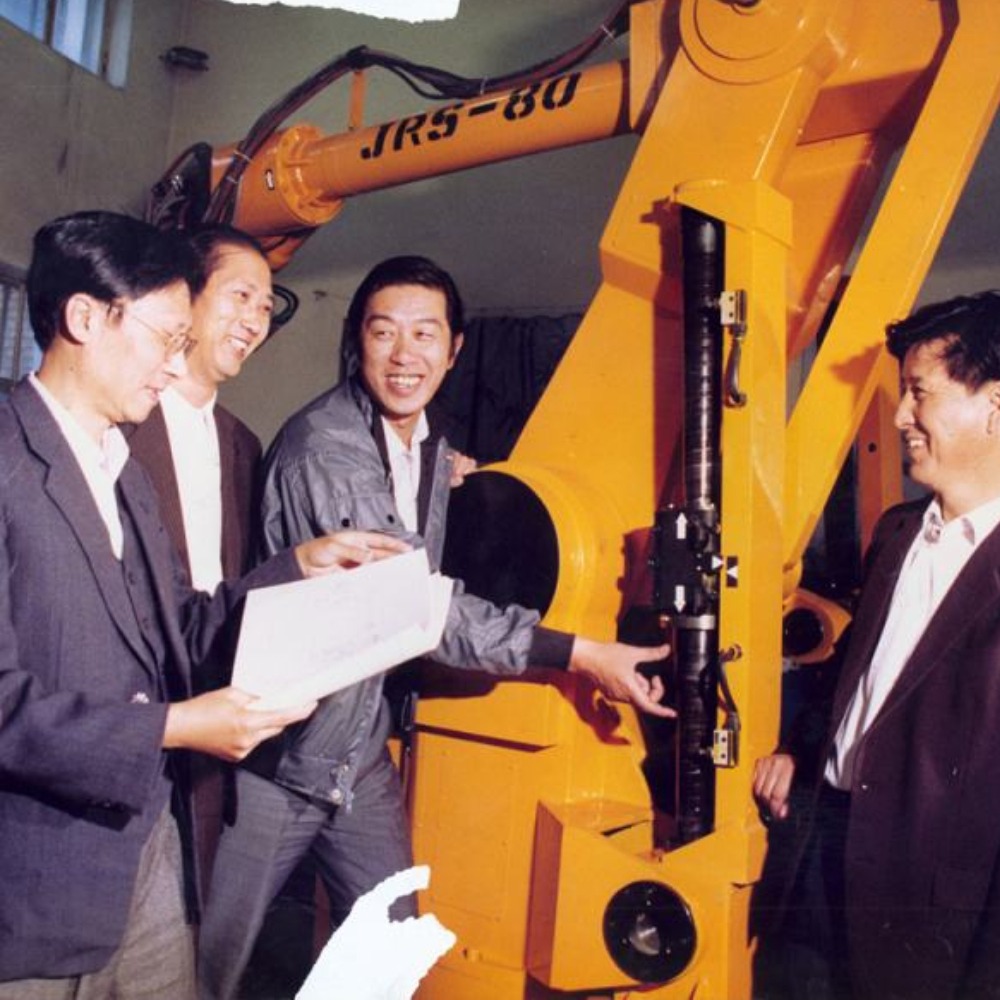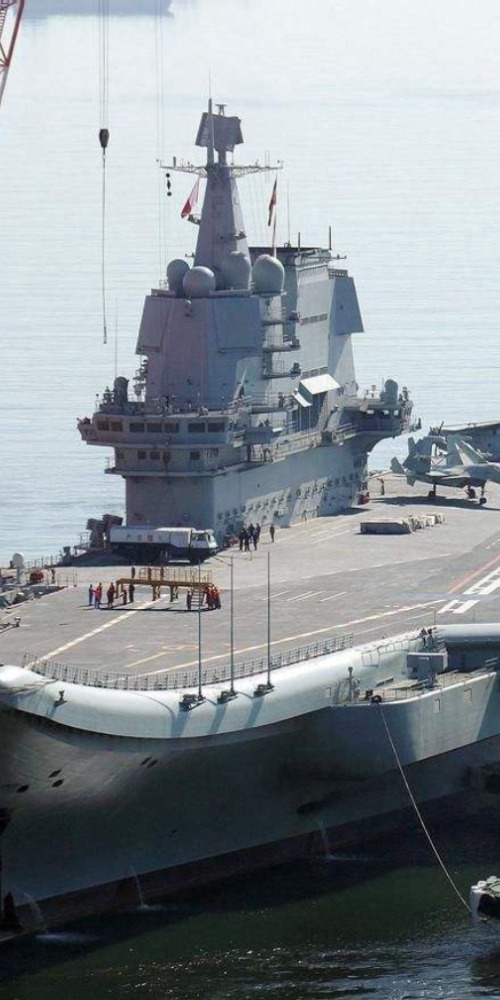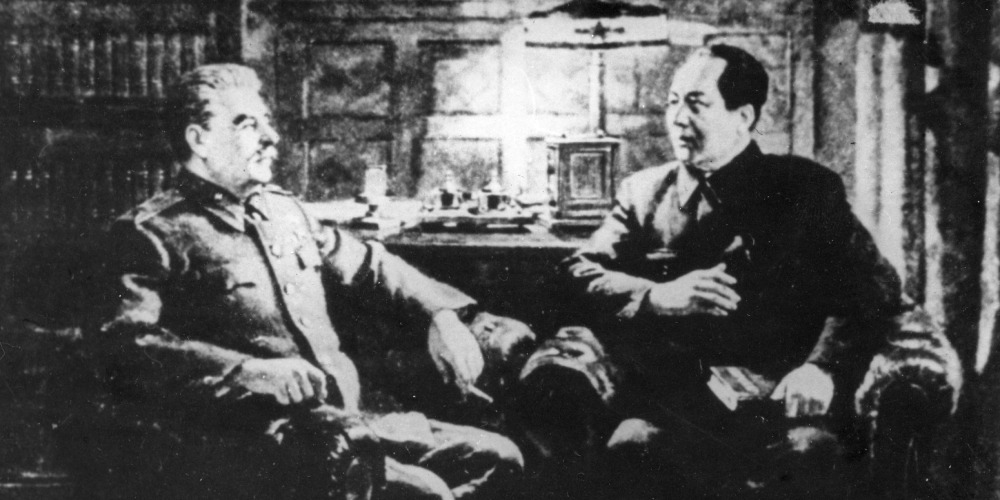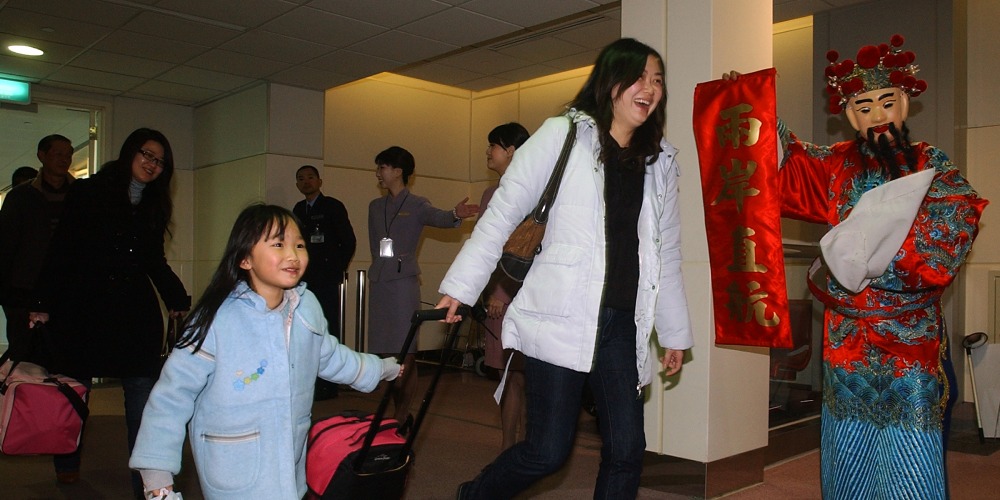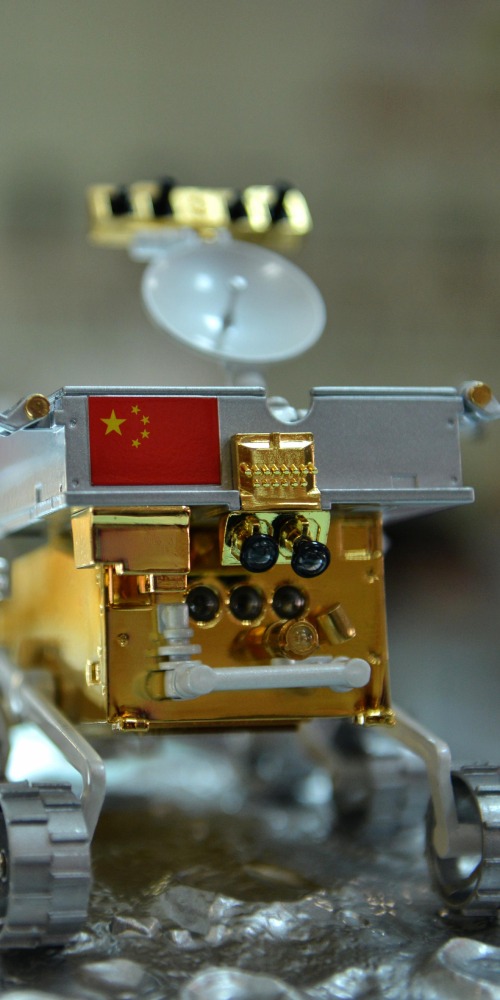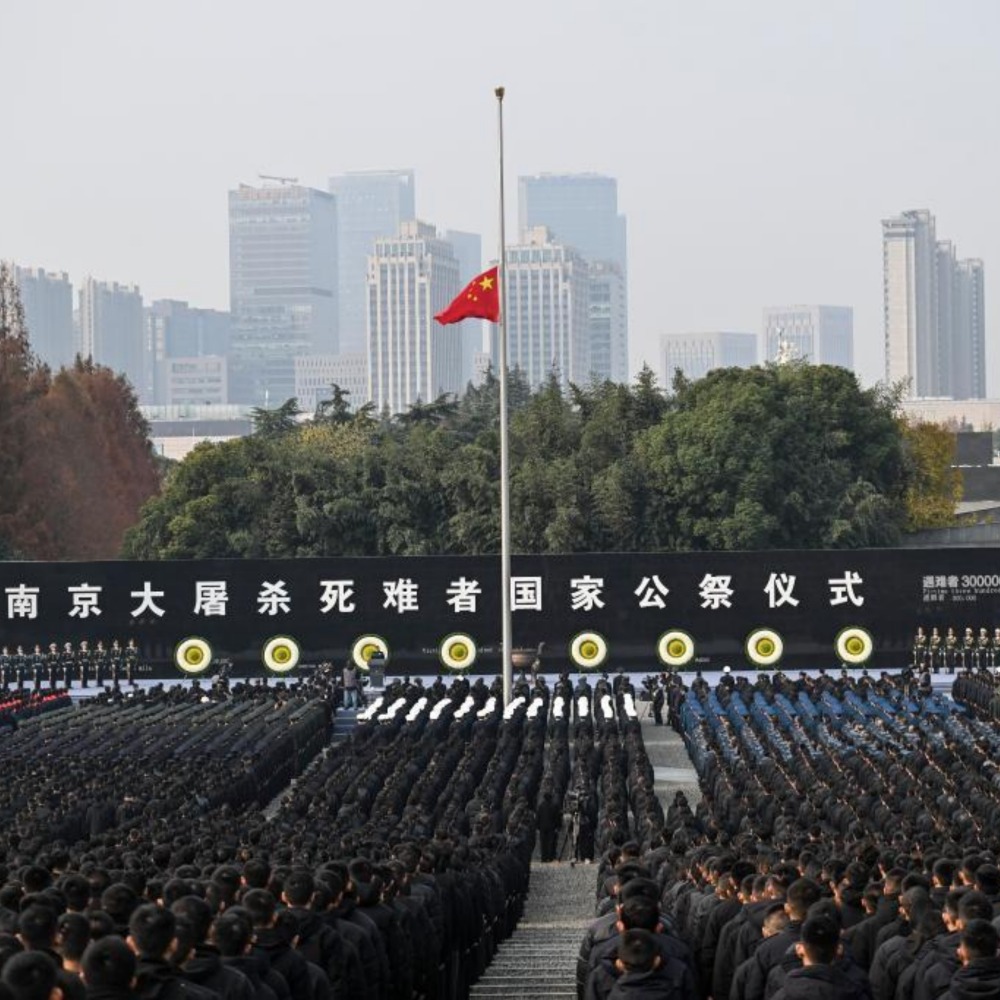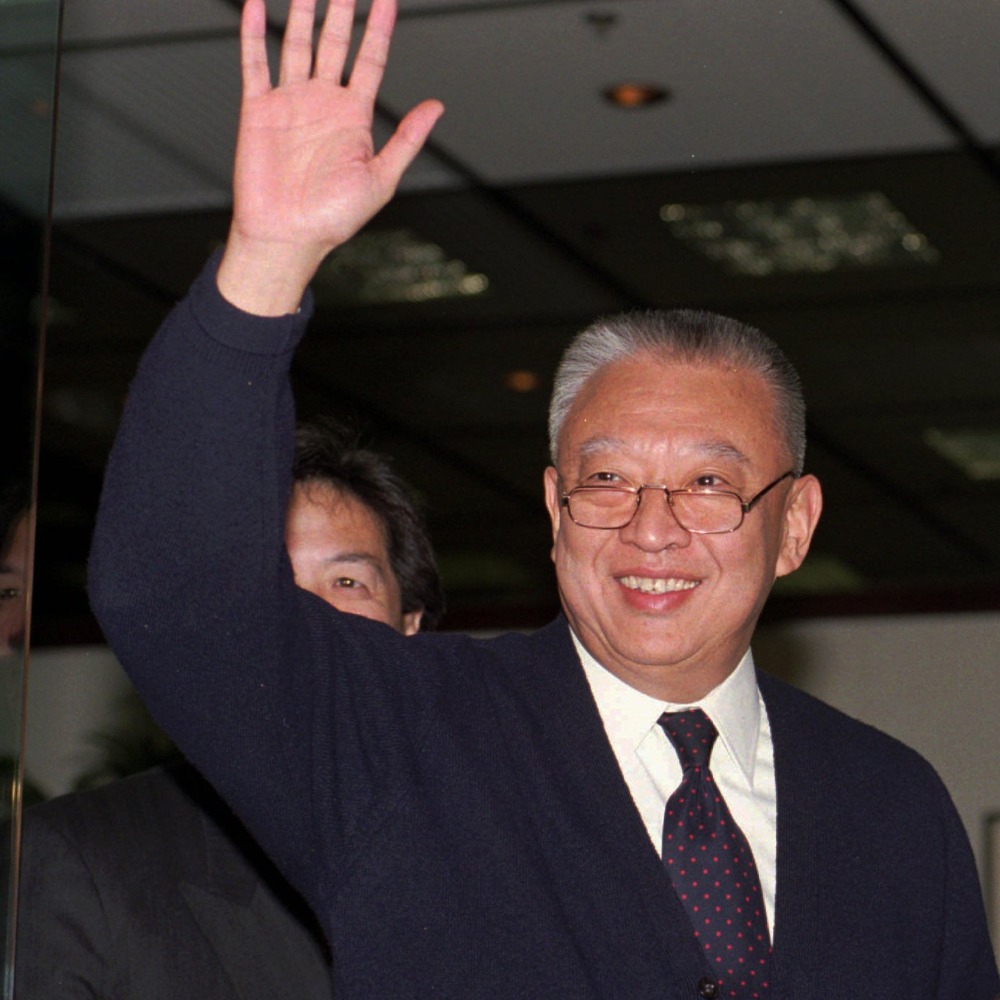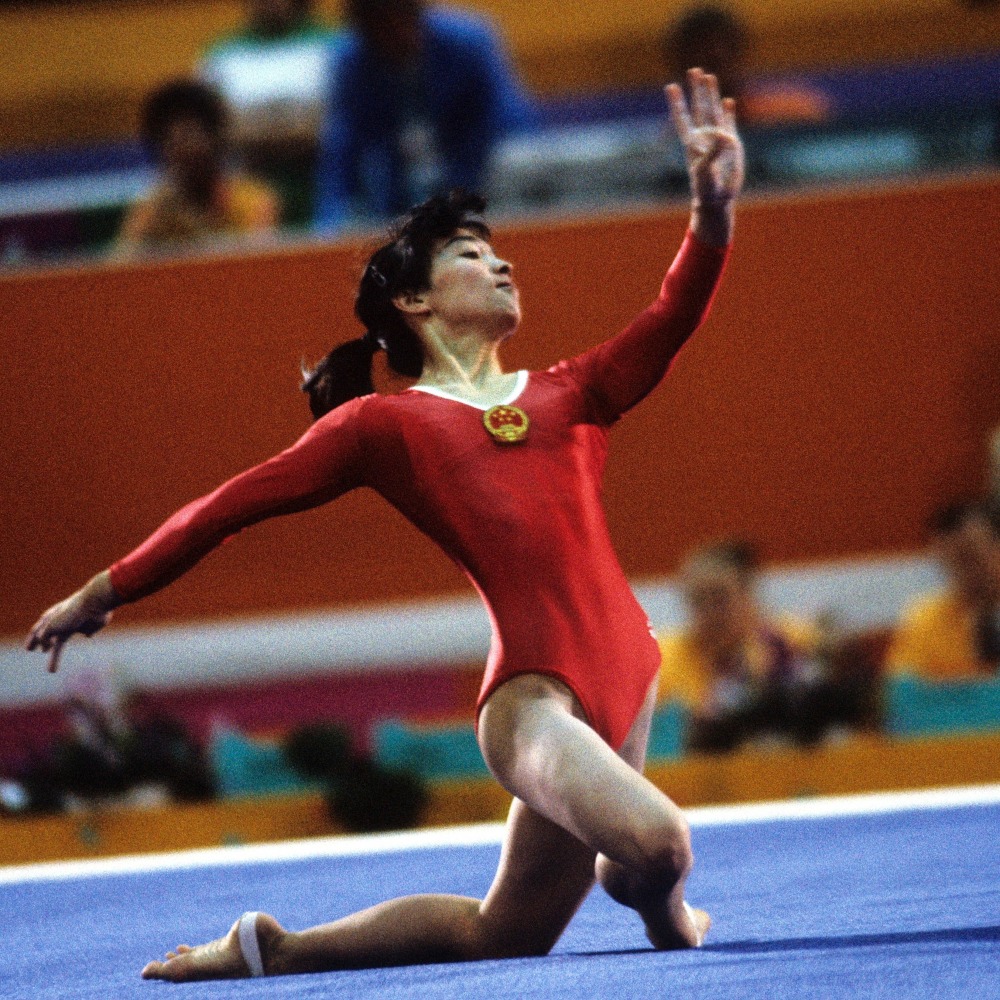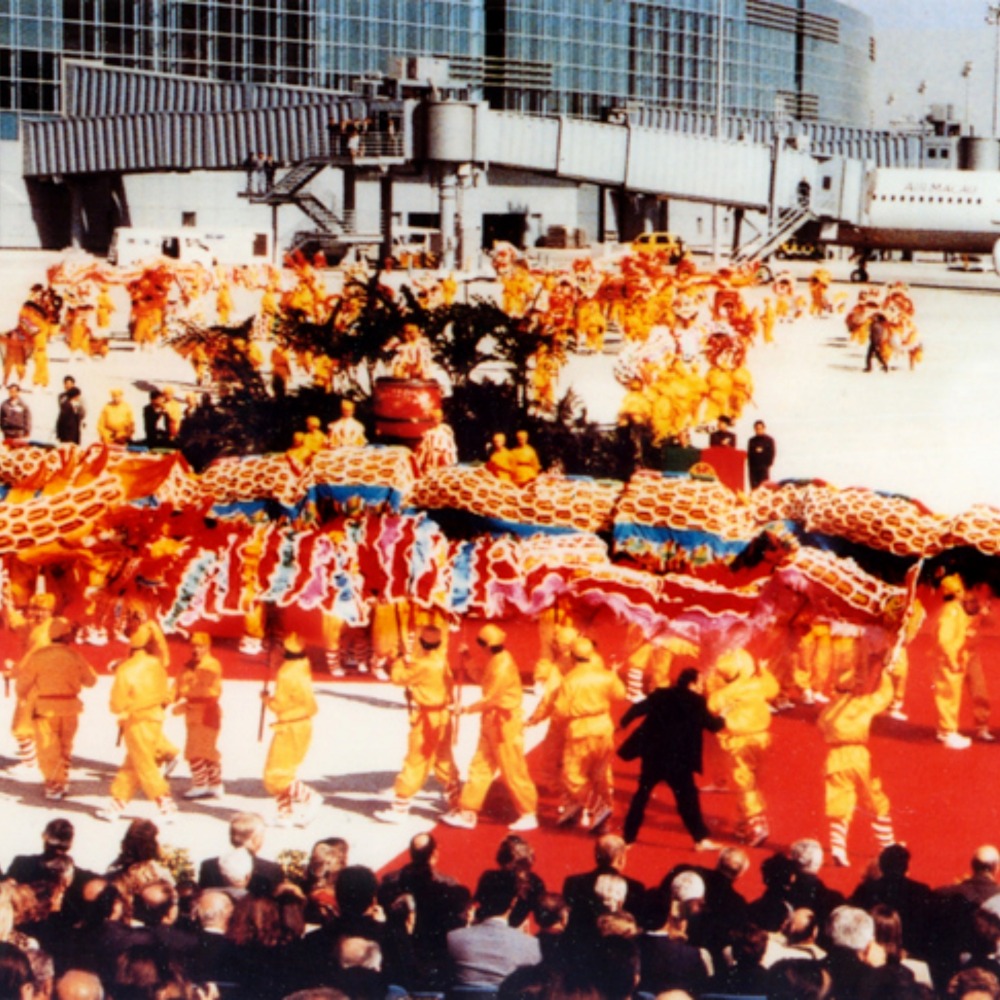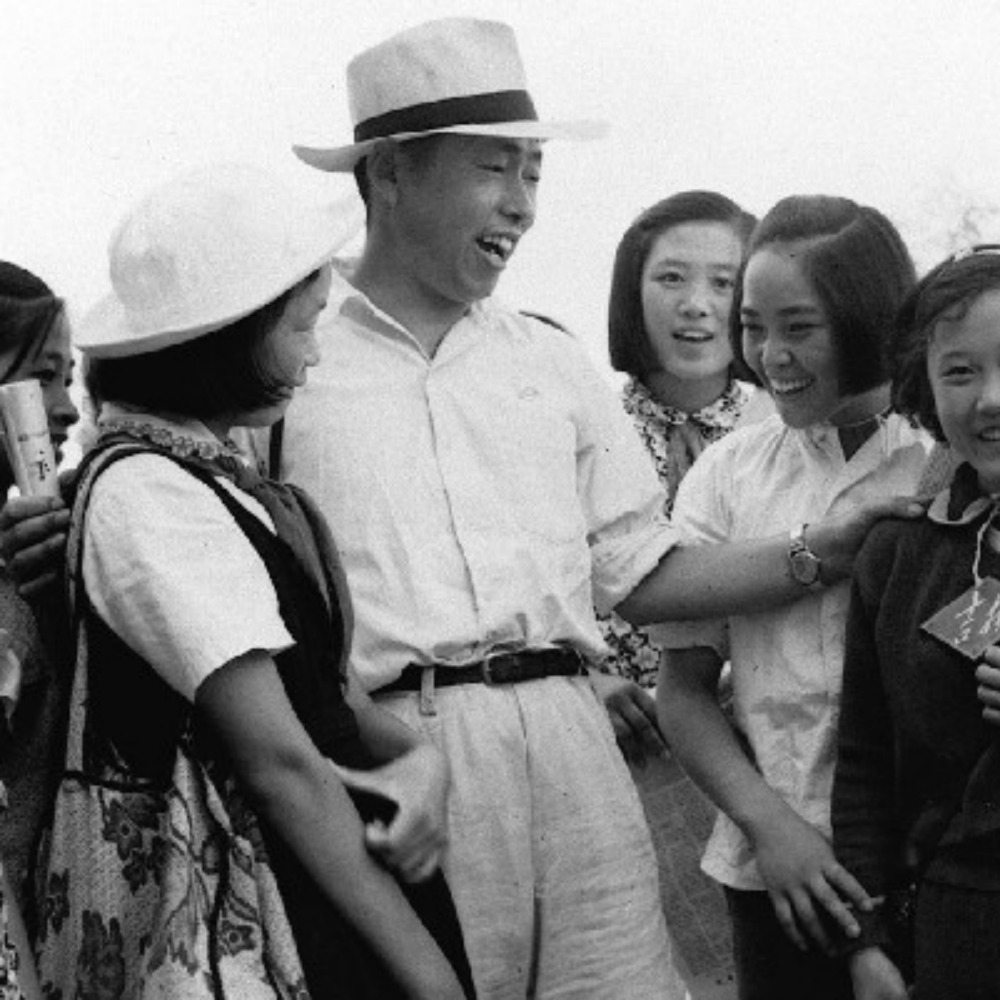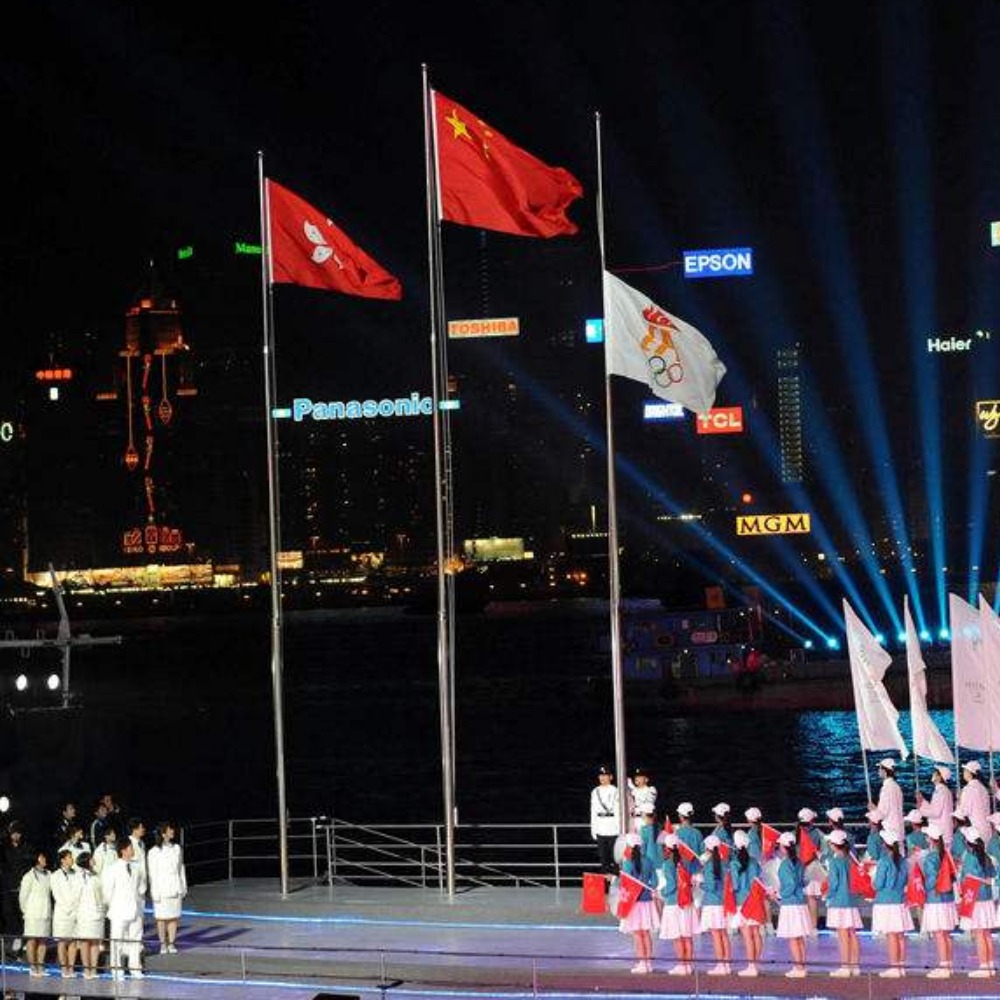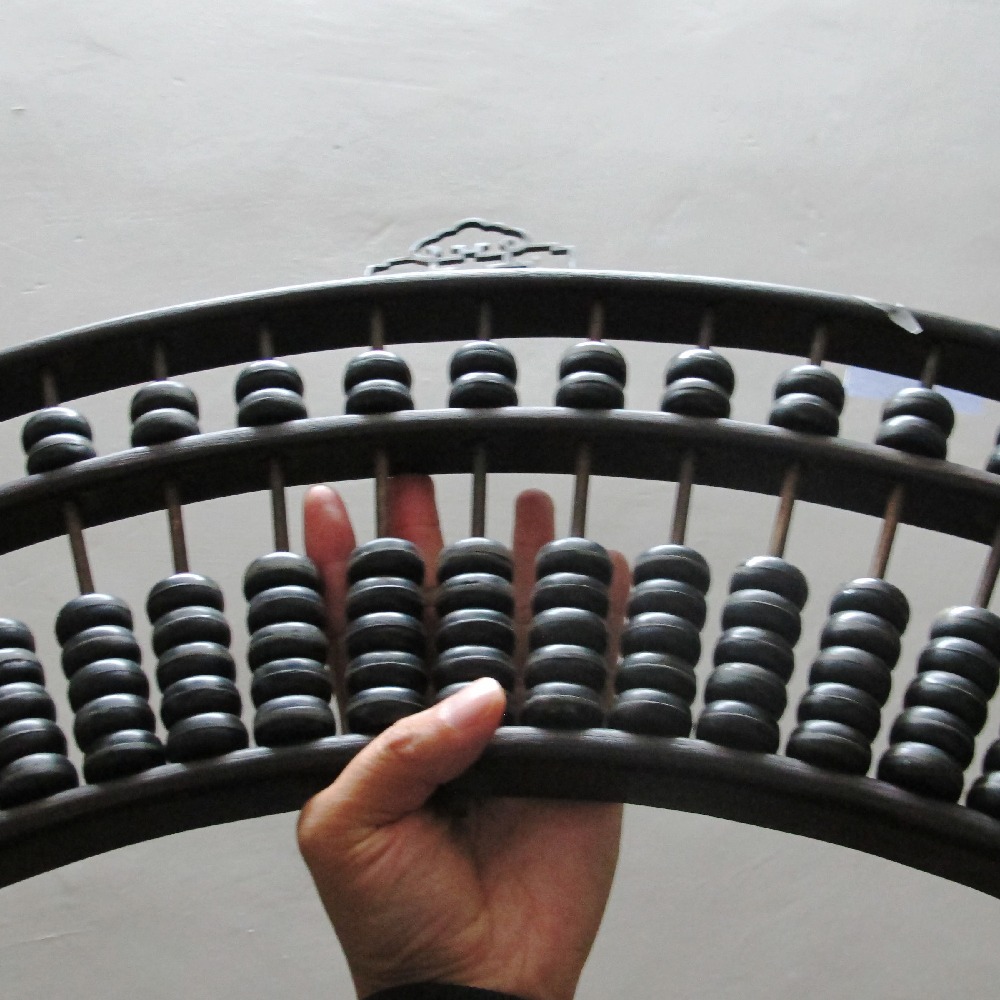Published : 2025-06-07
On June 7, 1974, Chinese cultural relics and archaeology workers discovered more than 4,000 bamboo slips, including the famous The Art of War (孫子兵法) by Sun Wu (孫武) and another the long-lost Sun Bin's Art of War (孫臏兵法) by Sun Bin (孫臏), while excavating a tomb from the early Western Han Dynasty (202 BC-25 AD) at Yinqiu Mountain in Linyi, Shandong Province.
The discovery of these pre-Qin Dynasty ancient books marks a significant new achievement in China's cultural relics and archaeology work.
The excavation of the bamboo slips confirms that the existing The Art of War originated with Sun Wu but was completed by Sun Bin.
This military treatise is a summary of long-term war experiences from the late Spring and Autumn period (770-476 BC) to the mid-Warring States period (475-221 BC), and not the work of a single author, resolving the historical mystery of whether the author Sun Wu really existed.
At the same time, the unearthing of the long-lost Sun Bin's Art of War provides important new material for the study of ancient Chinese military thought.
Sun Bin's Art of War is a famous ancient Chinese military book and another monumental work following The Art of War by Sun Wu.
Sun Bin's Art of War was historically known as The Qi Sun Tzu (《齊孫子》). Its author, Sun Bin, was said to be a descendant of Sun Wu, born in the State of Qi during the Warring States period.
He studied military strategy together with Pang Juan (龐涓). Later, Pang Juan assisted King Wei of Wei (魏惠王) and became a general.
But out of jealousy of Sun Bin's superior talents, he inflicted the "Bin punishment" (removal of the kneecaps) on him.
From then on, people referred to him as Sun Bin. Sun Bin, victimised, eventually escaped to Qi state, where he was later greatly valued by King Wei of Qi (齊威王), becoming the military advisor to General Tian Ji (田忌) of Qi.
He then devised brilliant strategies that led to a decisive victory over the Wei army and the death of Pang Juan, proving Sun Bin to be a highly strategic military figure.
Records of the Grand Historian (《史記》) first clearly documented Sun Bin's Art of War. According to research, Sun Bin's Art of War was likely lost before the Tang Dynasty, after the Sui Shu—Jingjizhi (《隋書·經籍志》), there was no more mention of Sun Bin's Art of War.
The discovery of the bamboo slips of Sun Bin's Art of War allowed this long-lost monumental military work to re-emerge.
After being organised, the bamboo slips of Sun Bin's Art of War unearthed this time can be divided into two parts.
The upper part can be confirmed to belong to the 15 chapters of The Qi Sun Tzu (《齊孫子》), including chapters such as "Trapping Pang Juan," "Meeting King Wei," "King Wei's Inquiry," and "Tian Ji's Inquiry on Fortifications."
The lower part has yet to be identified as part of The Qi Sun Tzu (《齊孫子》) treatises on military strategy.
